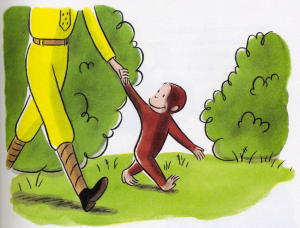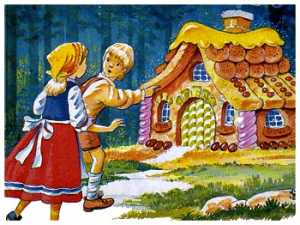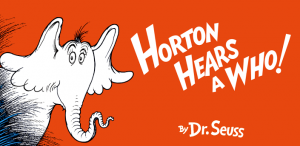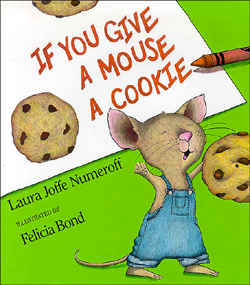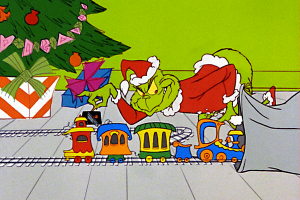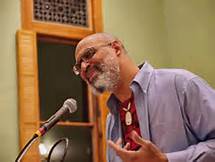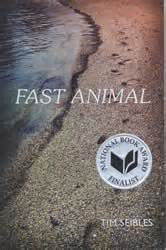 Most of the stories in Thomas McGuane’s collection Crow Fair (Vintage, 2015; paperback, 2016) originally appeared in The New Yorker, but don’t hold that against the author; his narratives are not about or addressed to Martians. In fact, McGuane and Annie Proulx seem to be holding onto some rich fictive Rocky Mountain territory somewhere on a holodeck connected to the offices of that esteemed magazine.
Most of the stories in Thomas McGuane’s collection Crow Fair (Vintage, 2015; paperback, 2016) originally appeared in The New Yorker, but don’t hold that against the author; his narratives are not about or addressed to Martians. In fact, McGuane and Annie Proulx seem to be holding onto some rich fictive Rocky Mountain territory somewhere on a holodeck connected to the offices of that esteemed magazine.
I was, initially, ambivalent about the early McGuane of Ninety-two in the Shade and Panama. The books were pyrotechnically impressive, wild accounts of wild men driven by pharmacology, concupiscence and violence. But I was also irritated at the exhibitionism, the coked-up style I could neither write nor live not quite understand. Neither did I quite register the desperation of the characters. But I jumped on board the wagon with the novels Nobody’s Angel and Something to Be Desired, which followed, best I can tell, the author’s relocation from the Keys to the high country of Montana.
What McGuane has discovered and explored is that, contrary to my own unschooled opinion, the vast big sky cowboy country can be claustrophobic, both emotionally and logistically, and when you make a misstep or suffer disappointment, the ghosts of these occurrences will stalk you over ridges, along gullies and through various social clusters. For a few decades now McGuane has written about the inhabitants of the west – ranchers, entrepreneurs, cowhands, desperate folk living along the thread lines of that one turn of the screw which James reminds us separates good from evil. McGuane’s people may be sulkers, whisperers, boasters, whistlers, self-destructive pilgrims, sneaks and masqueraders, but nearly all his protagonists are constructed like good sisal rope, prickly and braided tight. Those who don’t yet know they are involved in moral dilemmas are about to find out, and McGuane seems to work at confirming this old adage: “All men are fools, but those who know they are fools are not great fools.” Much of the beauty of his writing – aside from swift, earthy, compelling metaphors and the imagery that comes only to an expert but mystified eye – lies in the fact that folly does not disqualify these rough customers, lost souls and puzzled pilgrims from empathy. McGuane feels their pain and respects it.
McGuane writes about people he knows, whether from the neighborhood of Livingston or the steeps and washes of his imagination. Some of these characters know about and love the things their author is somehow elegantly informed about: baseball, alcohol, real estate, the penal system, animal husbandry, marital discord, professional inertia, dementia, good luck and bad. In the seventeen stories of Crow Fair he offers up a serious festival of the spiritual in which temptations are offered, embraced or not. And McGuane knows that the damage his lonely folks have suffered does not make them noble, which does not mean that many of them are not noble.
In places like Skunk Creek, Greycliff, the Medicine Bow River and Snob Hollow, the residents of Crow Fair may build houses, inseminate cattle, sell property, while they cope with aging parents, as well as wayward spouses and offspring. They’re often witty or erudite, combatting “clodhopper philosophy,” but their timing is often off, their wit and knowledge almost useless as survival tools, “his previous sarcasm no more than a wistful perimeter of defense.”
One story that begs to be read aloud is “A Long View to the West,” which features an exciting round-up of wild horses who “advanced his way like a bright cyclone.” Another involves a truck jacking with suspense and promise, including the attentions of a gap-toothed bundle of female terror named Morsel. And where else but “McGuane Country” will you encounter a brothel called the Butt Hut or the hay baling art thief of “Good Samaritan”?
However obliquely or bassackwardly (good old Polonian “by indirections find directions out”) he comes at it, McGuane is always attuned to matters of the heart and the unfortunate and graceless ways human folk have of performing their dismount when love has broken or just seeped away, leaving room for “complete ossification.”
“Telling people to relax is not as aggressive as shooting them,” writes McGuane, “but it’s up there.” In Crow Fair he tries neither to convince his readers to chill nor to shoot them. At least, not directly. Instead, he reveals hope and disappointment, energy and lethargy locked in a hard sorrow dance, and many of his protagonists have “sunk into depression 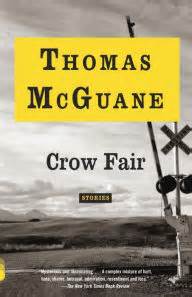 and discovered that there was no other illness so brutal, so profound, so inescapable, that made an enemy of consciousness itself.” But consciousness, McGuane suggests in these sad and yet vigorous stories proves to have its own tactics and hidden reserves which may remind earthlings and Martians alike of Beckett’s, “I can’t go on; I’ll go on.”
and discovered that there was no other illness so brutal, so profound, so inescapable, that made an enemy of consciousness itself.” But consciousness, McGuane suggests in these sad and yet vigorous stories proves to have its own tactics and hidden reserves which may remind earthlings and Martians alike of Beckett’s, “I can’t go on; I’ll go on.”


